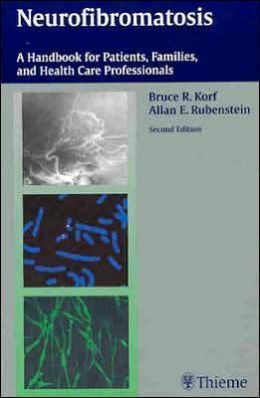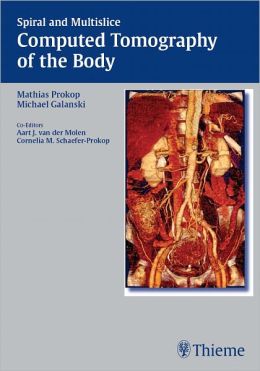-43%
Restless Legs Syndrome and Periodic Leg Movements: Exploring Neuroplasticity and Physiotherapeutic Interventions
Restless Legs Syndrome (RLS)
Restless Legs Syndrome, characterized by unpleasant sensations in the legs that cause an irresistible urge to move them, is a common condition that often disrupts sleep and diminishes quality of life. While the exact etiology of RLS remains elusive, research has illuminated the intricate interplay between neuroplasticity and the development and persistence of RLS symptoms.
Neuroplasticity, the brain’s remarkable capacity to adapt and change in response to experiences, plays a pivotal role in RLS pathogenesis. Neurological imaging studies have demonstrated alterations in brain regions involved in motor control and sensory processing in individuals with RLS, suggesting that neuroplastic changes underlie the abnormal sensory and motor experiences characteristic of the condition.
Periodic Leg Movements (PLMs)
Periodic Leg Movements, involuntary leg movements occurring during sleep, are frequently associated with RLS. Evidence suggests that PLMs may arise from alterations in the central nervous system’s regulation of motor activity and arousal during sleep. Specifically, studies have implicated disruptions in dopamine neurotransmission and changes in brain areas involved in motor control as potential mechanisms underlying PLMs.
Physiotherapeutic Approach
Physiotherapy offers a multifaceted approach to managing RLS and PLMs, aiming to alleviate symptoms and improve overall well-being. Key strategies employed by physiotherapists include:
-
Neuroplasticity-Targeted Exercise: Exercises designed to stimulate specific neuroplastic changes can help normalize brain function and reduce RLS symptoms. These exercises may involve sensory stimulation, gentle stretching, and balance training.
-
Sensory Modulation: Sensory interventions, such as heat or cold therapy, massage, or vibration, can provide relief from unpleasant sensations and promote relaxation.
-
Sleep Hygiene Optimization: Physiotherapists guide patients in establishing healthy sleep habits and optimizing their sleep environment to minimize sleep disturbances.
-
Activity and Lifestyle Modification: Regular physical activity, stress management techniques, and avoiding caffeine or alcohol can contribute to symptom management.
Conclusion
The intersection of neuroplasticity and physiotherapy offers promising avenues for understanding and treating Restless Legs Syndrome and Periodic Leg Movements. By harnessing the brain’s adaptability and employing targeted interventions, physiotherapists empower patients to reclaim their sleep, enhance their quality of life, and effectively manage these often debilitating conditions.
maybe you like these too:
- 2016 National Sleep Medicine Course Bundle (Videos)
- Biology of Sleep, An Issue of Sleep Medicine Clinics (The Clinics: Internal Medicine) (Original PDF from Publisher)
- Sleep Medicine, An Issue of Medical Clinics of North America (The Clinics: Internal Medicine) (Original PDF from Publisher)
- Sleep Medicine for Primary Care 2016 (Videos)









Reviews
Clear filtersThere are no reviews yet.